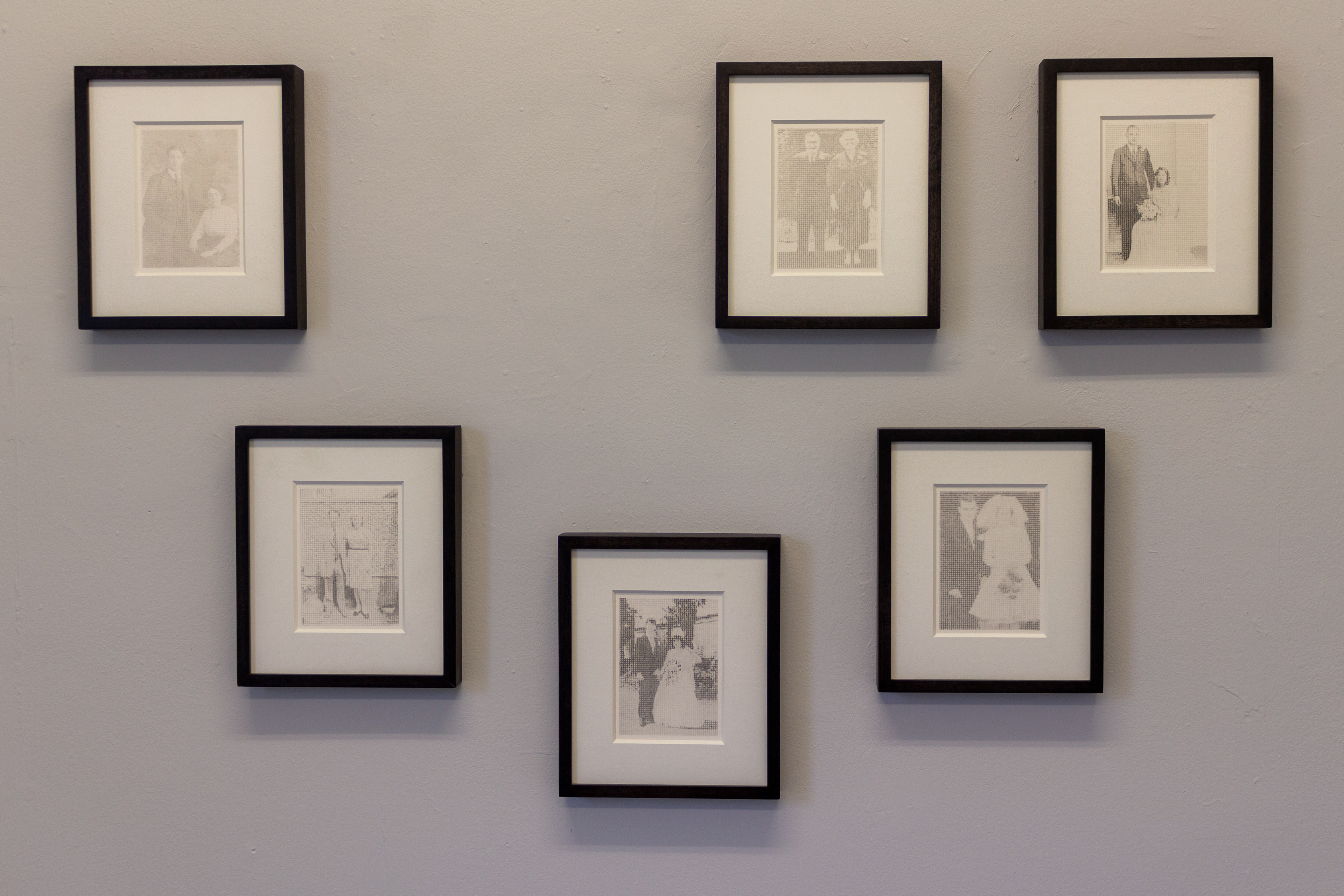



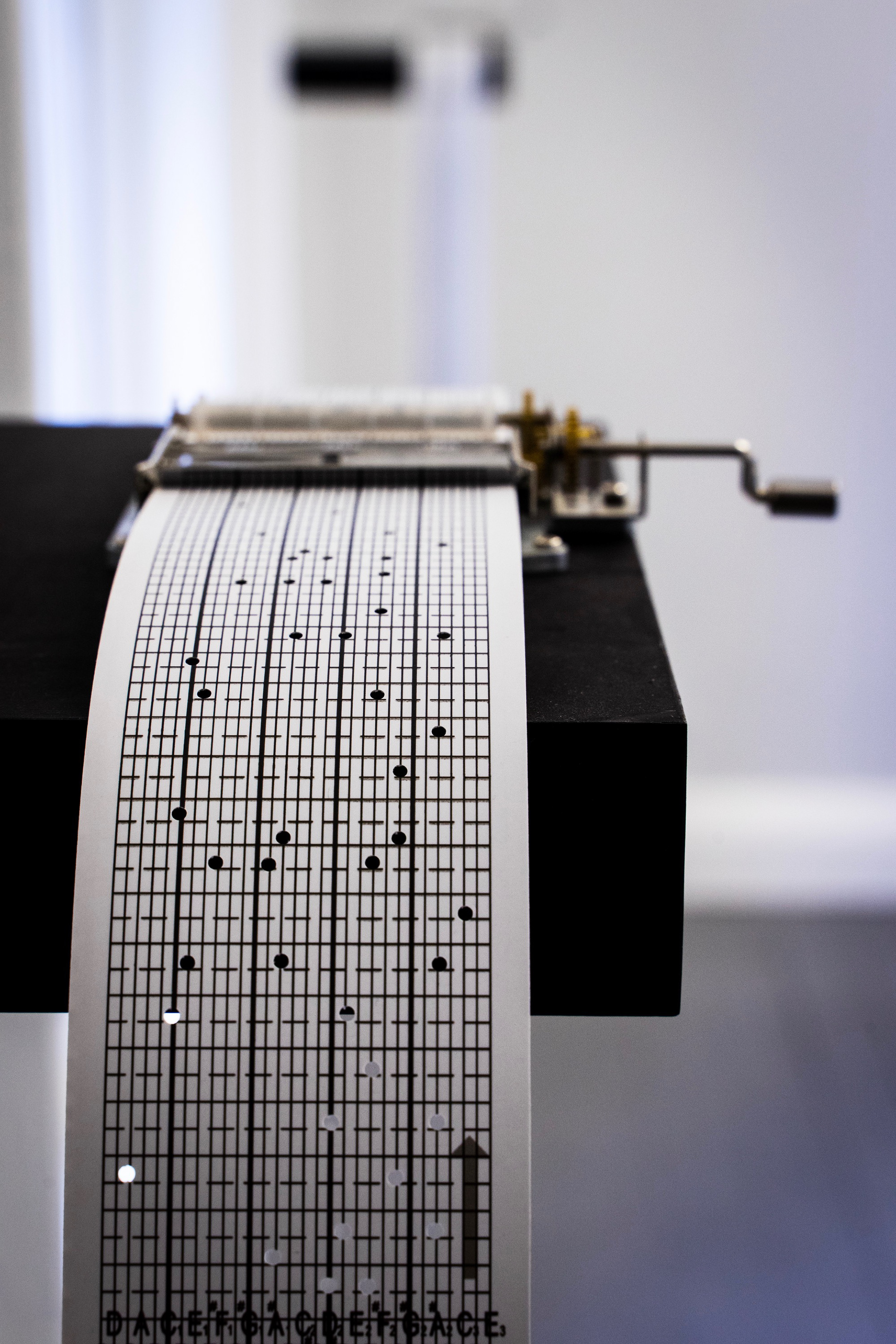
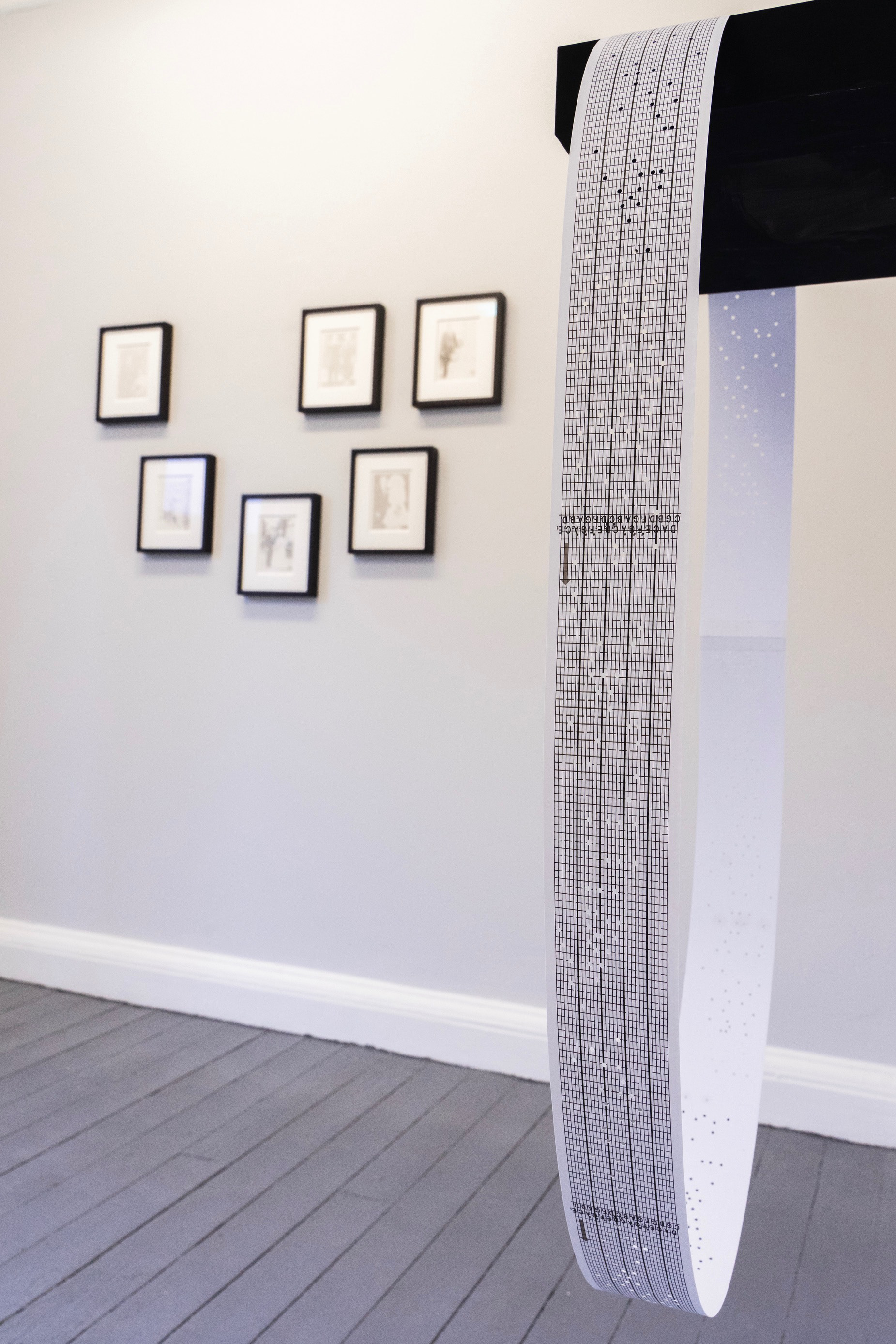

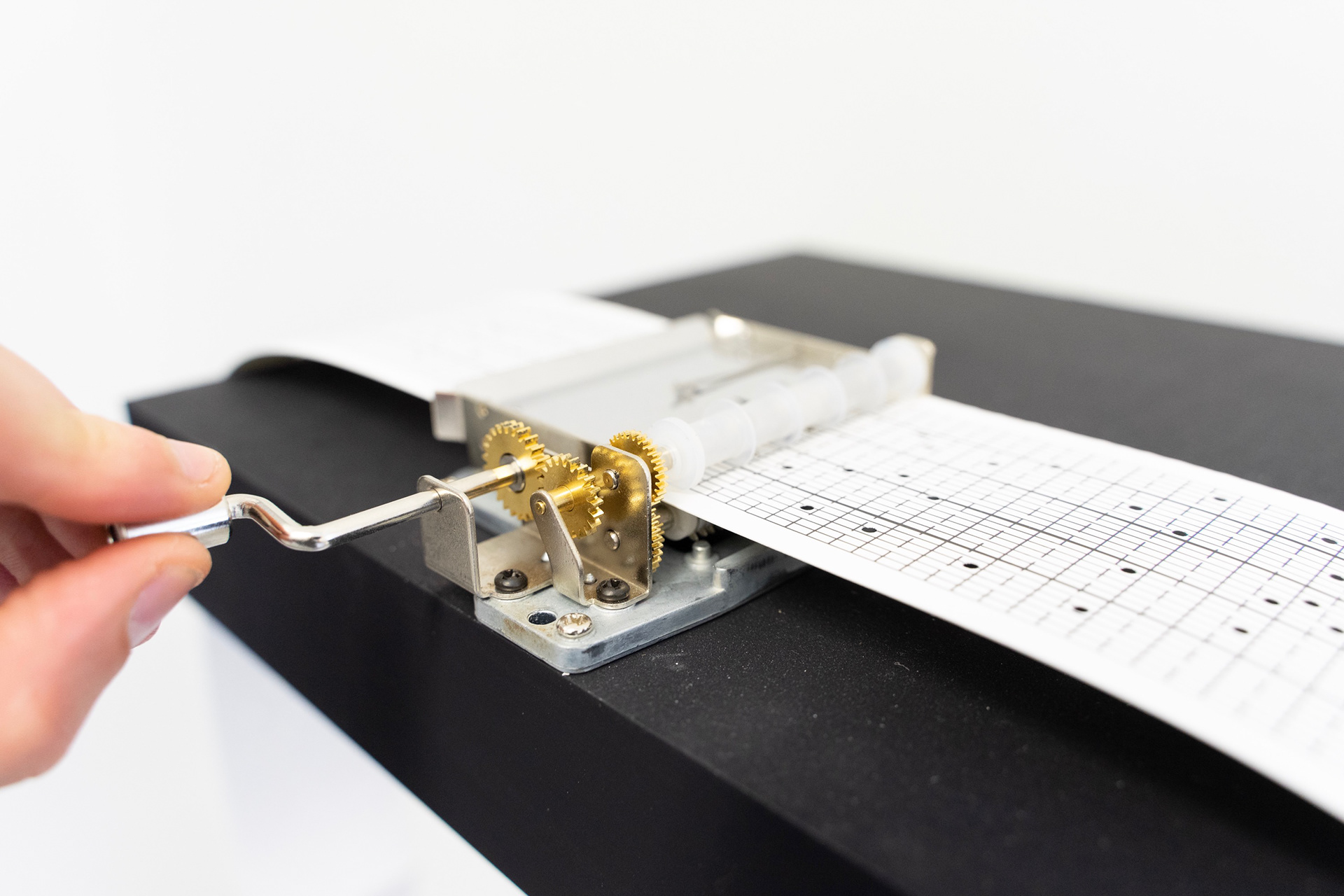
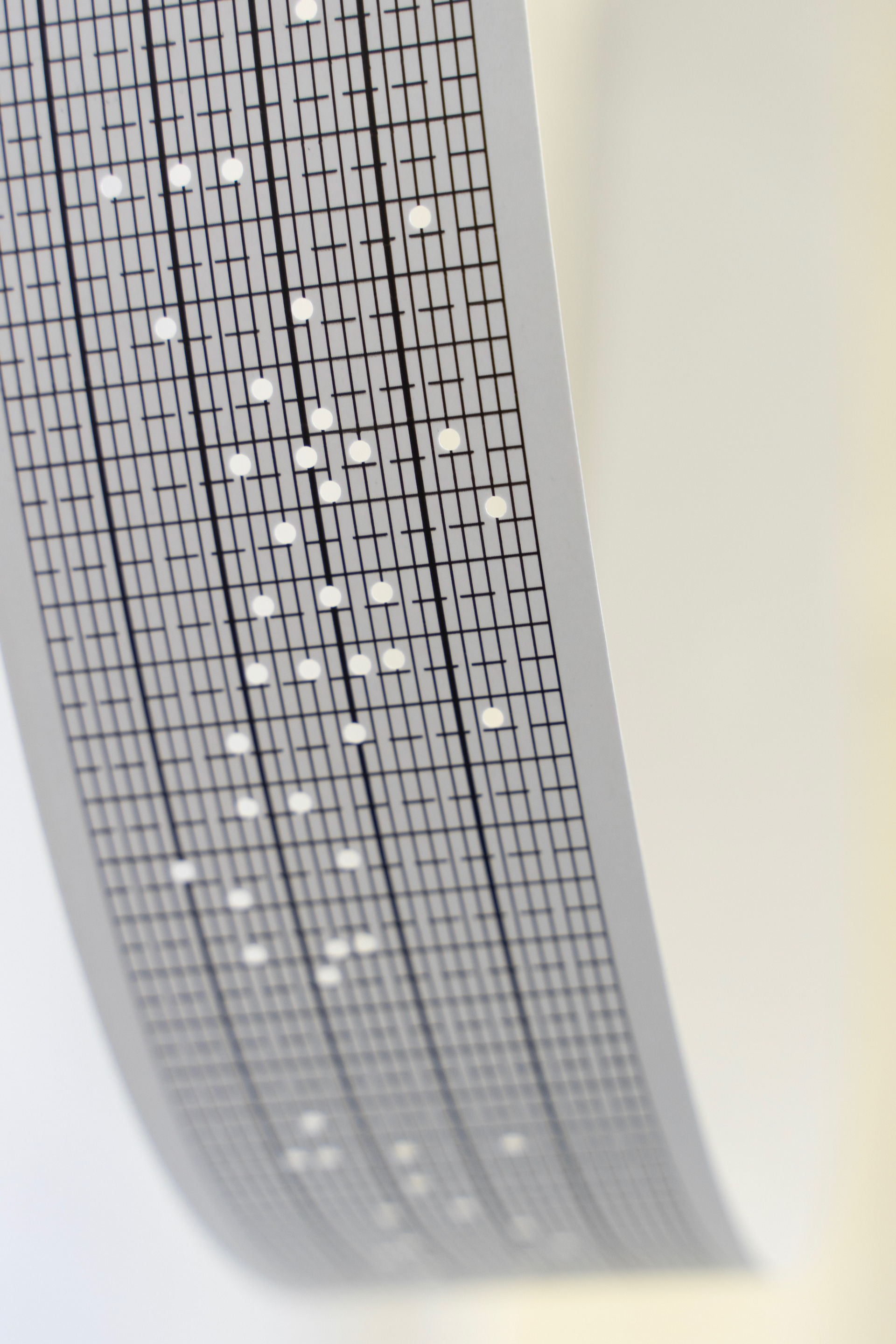


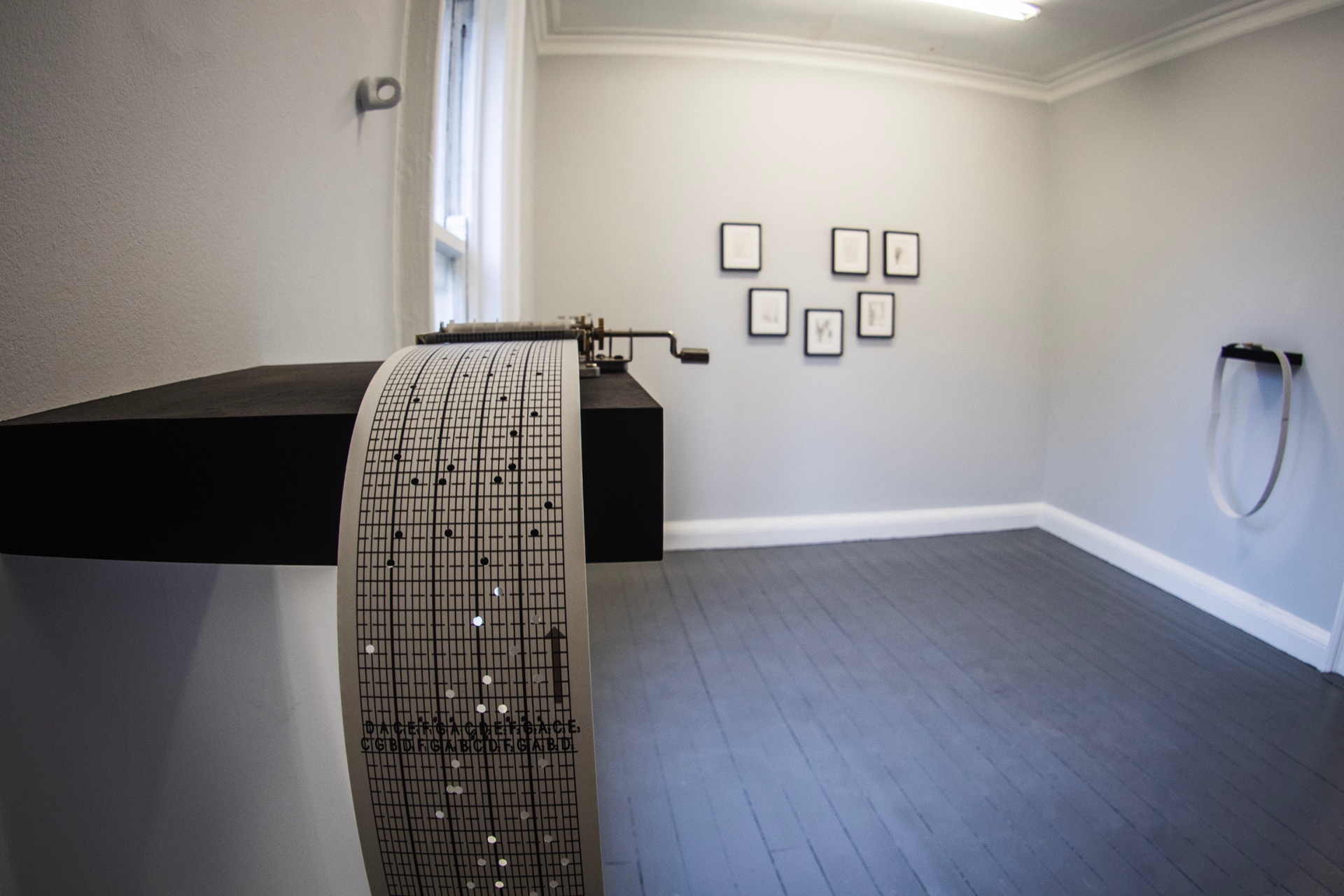
This body of work presents the outcomes of my MFA research into potential links between digital data and biological DNA as relevant to questions of identity, legacy and procreation. Through drawing, sound, and moving image, “Love Song to a Stranger”, uses my genetic data to output potential futures and alternate renderings of the past.
Using raw data extracted from commercially available ancestry DNA tests, the work begins with a view of the body as a physical archive of genetic data, transferred, mutated, and copied through generational reproduction. In this way it is not dissimilar to the storage, replication, and dissemination of digital data; the fundamental digital sequence of 1/0, on and off, underpinning all computation, is replaced with the root encoding of the DNA nucleotide base pairs of A/T and G/C.
Six drawings, displayed following the conventions of traditional drawing, present rendered outputs of genetic antecedents. Each conforming to the strictures of formal historical portraiture, all follow the basic formula: the male on the left, the female on the right. Taken from photographic archives, the images are digitized, translated, and outputted in graphite pencil through the use of a plotting machine, thus “drawing” without the physical human application of mark to paper. A final drawing, “You & I, Part 1”, follows the formulaic re-rendering of the previous images, but breaks convention in presenting the artist’s own hand.
Interspersed amongst these, music boxes with punched cards wait for the viewer to activate them. The DNA data has been taken, translated into musical notation, and fed through a harmonizing algorithm to create a melody of individual human biological markers. In contrast to the series of drawings which come into existence without the human hand, or biologically physical act of mark making, the music boxes rest in a state of anticipation, relying upon the activation and interaction of an audience to be fully completed.
In a final video piece, an empty stage lies waiting for its performer to arrive, an expectancy of some ritual or recital of human performance. The framing of the scene places the viewer waiting in the wings, implicating them as both performer and spectator.
Select images courtesy Steven Maybury